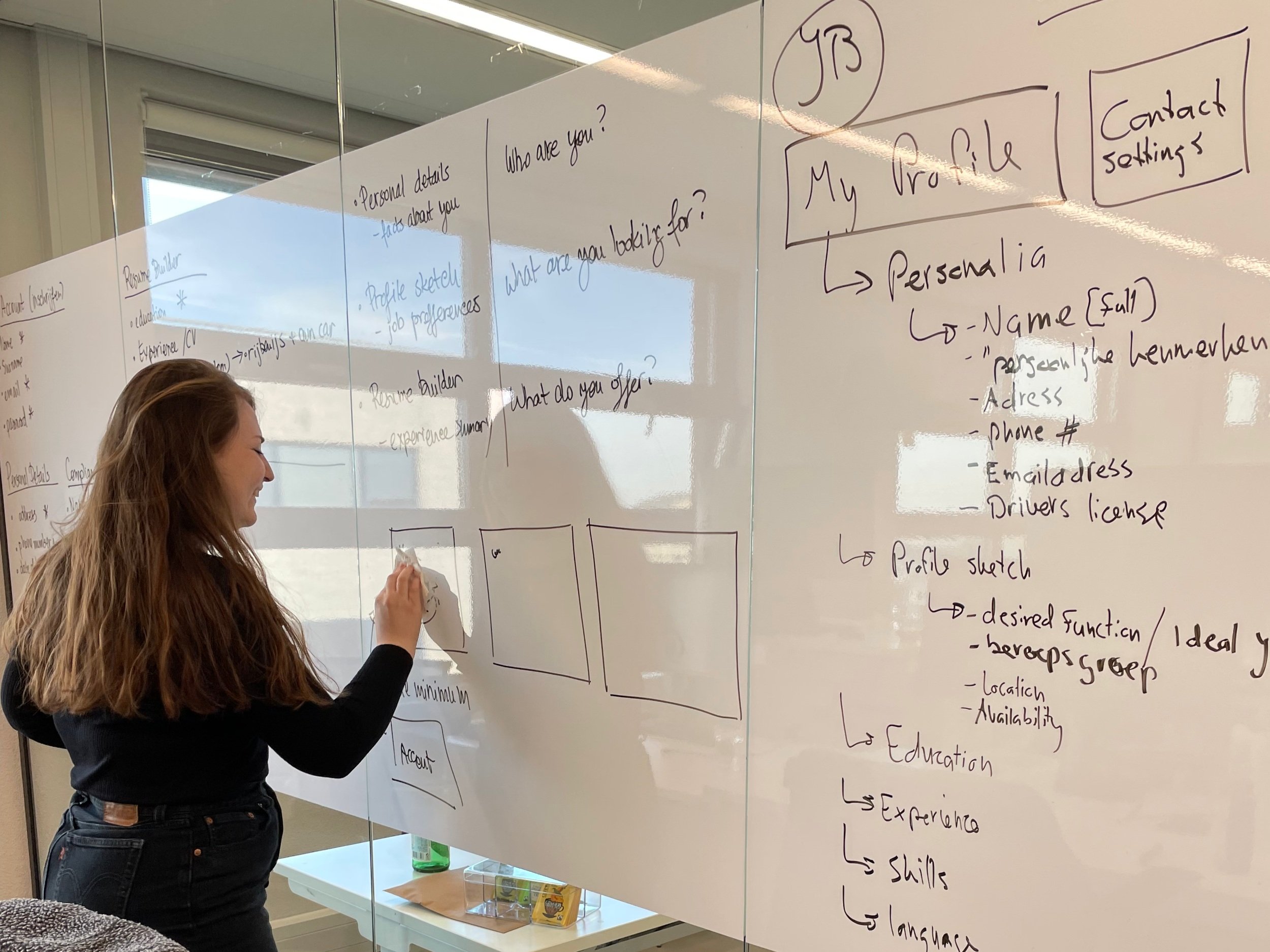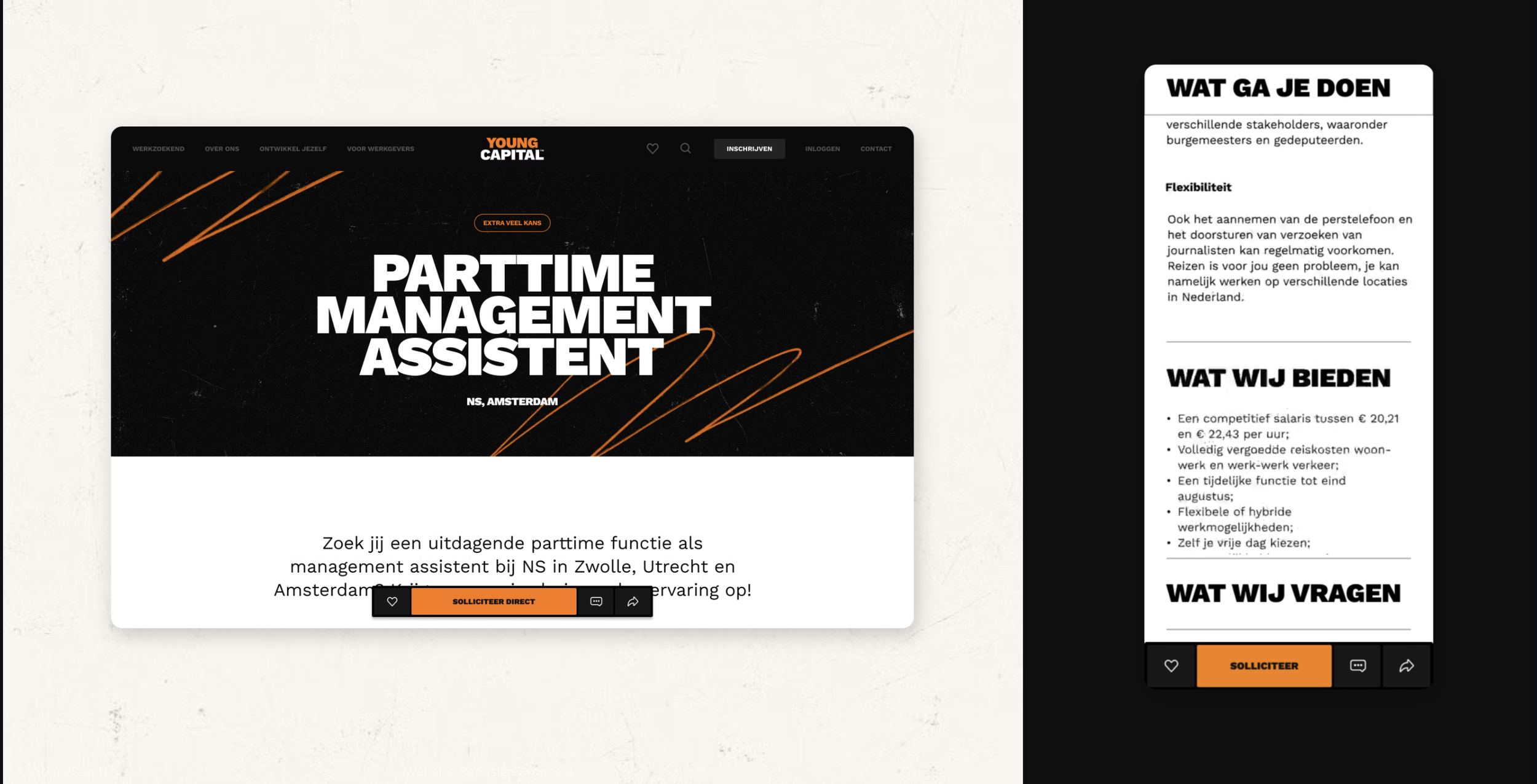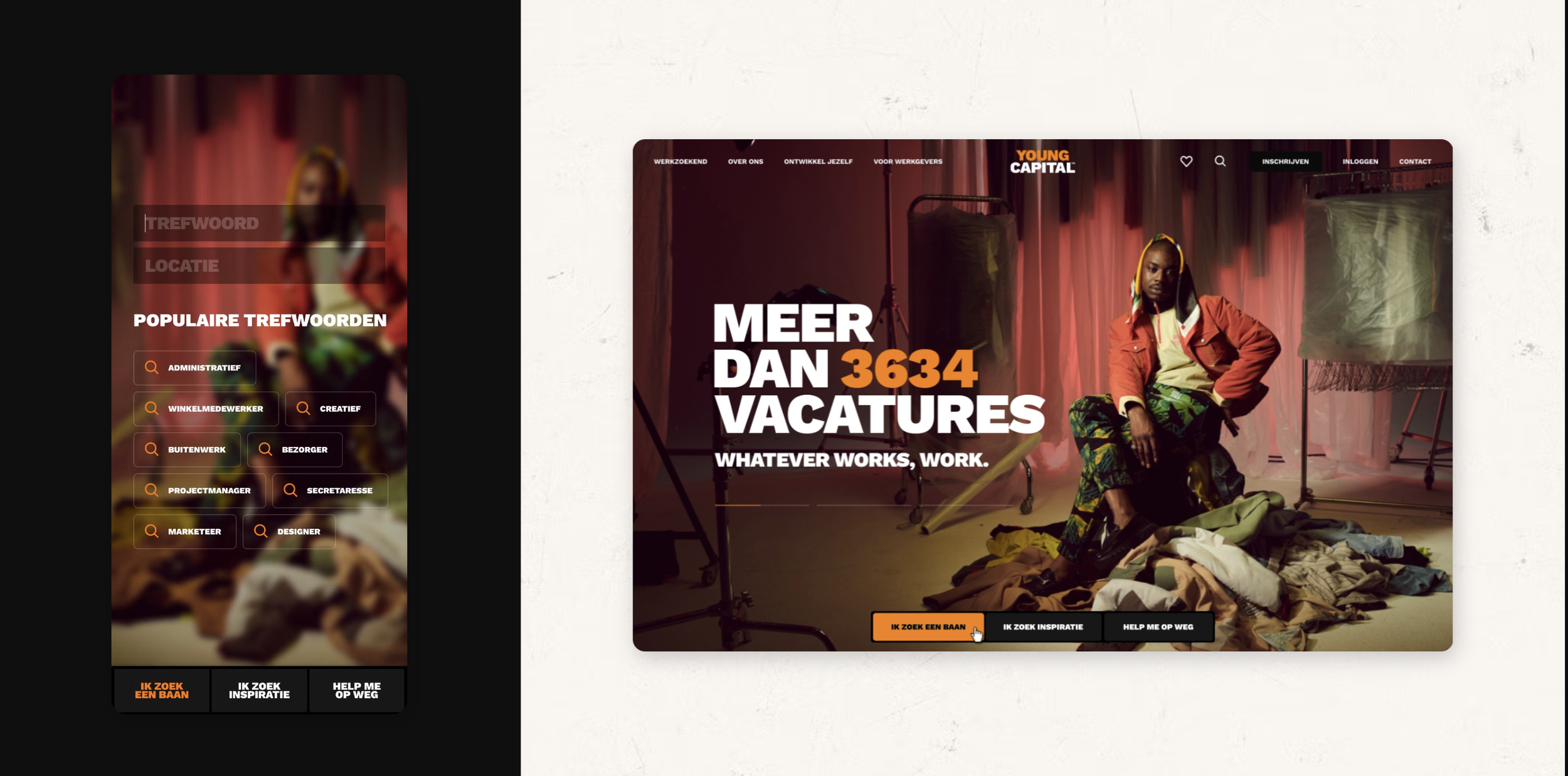YoungCapital Website Redesign
Introduction
The YoungCapital (YC) Website Redesign project represents a collaborative effort between YC's development and marketing departments. The current YC website is in a great need of modernization after our launch of the Origin Design System CSS style guide, 5 years ago.
Timeline
May 2024 - ongoing, expected completion by end of 2024.
Role & Team
Role: Design Lead, Senior Product Designer.
Team: CRO specialist, Marketeers, Visual Designer, Product Manager, Software Architect, and Front-end developers.
Key Responsibilities
Conducted discovery, design vision, and concept phases.
Created wireframes, prototypes, and conducted usability testing.
Aligned with stakeholders on design vision, planned and prioritized feature implementation.
Problem Statement
The trigger for this redesign stemmed from the outdated nature of our website, which was over five years old. The complex build of the site, with interconnected elements across multiple websites, hindered our ability to implement necessary changes. Despite numerous brand iterations by the marketing department, none were reflected on the website due to continual deprioritization. Our business clients and job-seeking candidates began favouring competitors, highlighting the urgent need for modernization. The success of our G.O.A.T app, which showcased the potential for more modern and attractive product designs, further underscored the necessity for this redesign.

Research & Discovery
Leveraging user research conducted during the G.O.A.T app development, we gained insights into our candidates' preferences while searching for jobs. The marketing department's market knowledge and the extensive analysis of data from our old website provided a solid foundation. We focused on conversion rates and the performance of different pages to identify key starting points for the redesign.
Strategy & Planning
Given the positive feedback for the G.O.A.T app, we decided to adopt a similar design direction for the website. However, we differentiated the two products by positioning the website as the primary platform for job searches and the app as the tool for managing work administration post-hire. Our initial design vision phase involved creating and testing various concepts with real users. We are now progressing with wireframes and prototypes to integrate these visionary designs into a cohesive UX strategy and to prioritize key aspects of the website for phased implementation.
Design Process
The design process involved several concept iterations, user testing, and stakeholder discussions. Usability testing on key functionalities like vacancy search, home page, and vacancy overview yielded positive results. Users appreciated the back-to-basics approach, the fun and focused design, and the improved overviews with concise job descriptions.
Implementation
The technical implementation is managed by a product manager, developers, a front-end developer, and an architect. My role involves continuous discussions with the technical team to advocate for a phased approach—starting small and gradually scaling up. We have already established the ultimate design goals and are working on planning the versions and negotiating the path to achieve them.

Validation & Testing
Usability testing has been conducted on critical functionalities, and the feedback has been overwhelmingly positive. Users found the new design to be more engaging, straightforward, and better aligned with their needs. Key highlights included the streamlined vacancy search functionality and the concise yet informative job descriptions.
Outcome & Impact (anticipated)
We anticipate that the redesign will attract more candidates, enhance matching algorithms, and improve conversion rates by at least 30%. The better algorithms are expected to reduce the time between job searches and successful matches by more than two weeks, minimizing recruiter involvement and streamlining the process.

Reflection
One of the key lessons learned so far is the complexity of coordinating a large-scale redesign project, particularly when developers are resistant due to existing system complexities. With about five interconnected websites, the design challenge was to find a compromise—implementing small changes, evaluating their impact, and gradually pushing the MVP towards our ultimate vision. This iterative approach has been essential in managing stakeholder expectations and ensuring the feasibility of our ambitious redesign goals.
